Coal ash could be reused anywhere. Here's how government does - and doesn't - regulate it
Reused coal ash could be anywhere: an East Tennessee playground, ballfields in Ohio, a golf club in Virginia, a church in North Carolina, even all over a town in Indiana.
Coal ash is the concentrated waste left over after burning coal. It can be composed of heavy metals such as arsenic, mercury, lead and cadmium, as well as elements that emit radiation.
For more than a century in the United States, coal was burned to generate electricity, creating millions of tons of coal ash before the first regulations overseeing the disposal of this waste were established in 2015 by the Environmental Protection Agency.
Each element and particle of coal ash can pose its own varied health risks, a problem that is still being studied today. Every batch of coal ash is different, so it’s difficult to pin down exact health impacts.The EPA's 2015 regulations were created to reduce risks to human health and the environment.
So how does a playground built atop coal ash, like the one in Claxton, Tennessee, exist?
Answer: Those federal regulations have holes in them.
The regulations created specific restrictions on disposal of coal ash, like in a landfill, but those same restrictions do not apply when coal ash is reused - for example, when leveling land where ash could be mixed with soil, according to the EPA.
The EPA guidelines for coal ash reuse don’t apply to sites that had coal ash reused prior to October 2015.
For current reuses of coal ash, creators and buyers of coal ash do not have to notify the public or the EPA of where the coal ash has been reused as fill, the EPA said.
This leaves states to regulate and track the reuse of this waste.
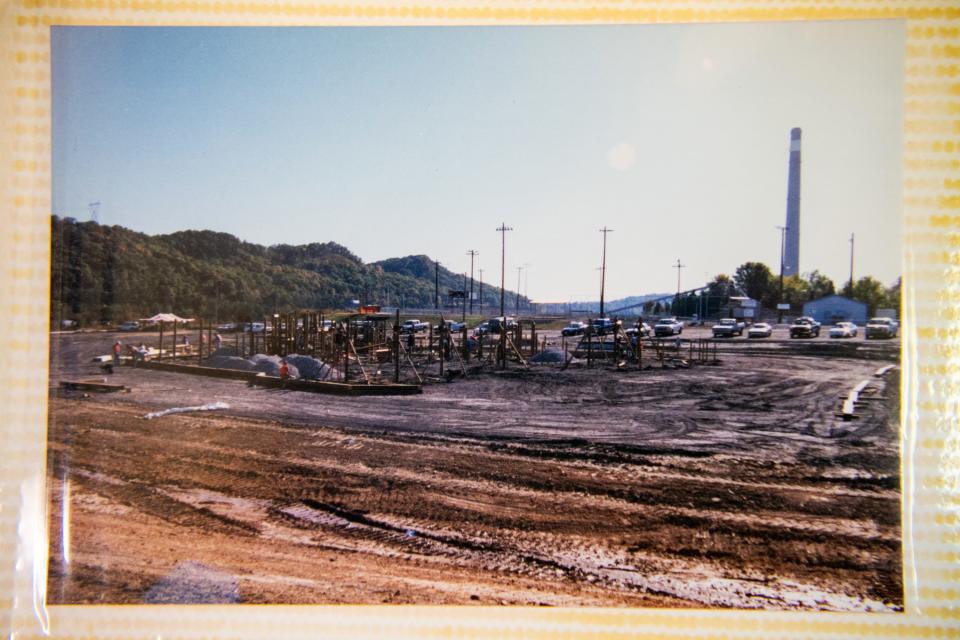
And while some states have created regulations to oversee the process, the rules can vary from state to state.
These inconsistencies can have multiple impacts:
We don’t know the location of all the coal ash that has been or is currently being reused as fill, because the EPA does not track it.
Without knowing where the ash is - notably at legacy fill sites - the EPA and state environmental agencies might not know if ash is being released into the environment and potentially posing a risk to human health, said Lisa Hallowell, a senior attorney at the Environmental Integrity Project.
Just because a site where coal ash was used as fill is safe today doesn’t mean it will be safe 10, 20 or 30 years from now. And without monitoring requirements for legacy and current sites, there’s no way to know for sure, said Lisa Evans, senior counsel specializing in hazardous waste law at Earthjustice.
Reused coal ash can be anywhere, and we don’t know where it all is, or exactly what dangers it can pose to human health.
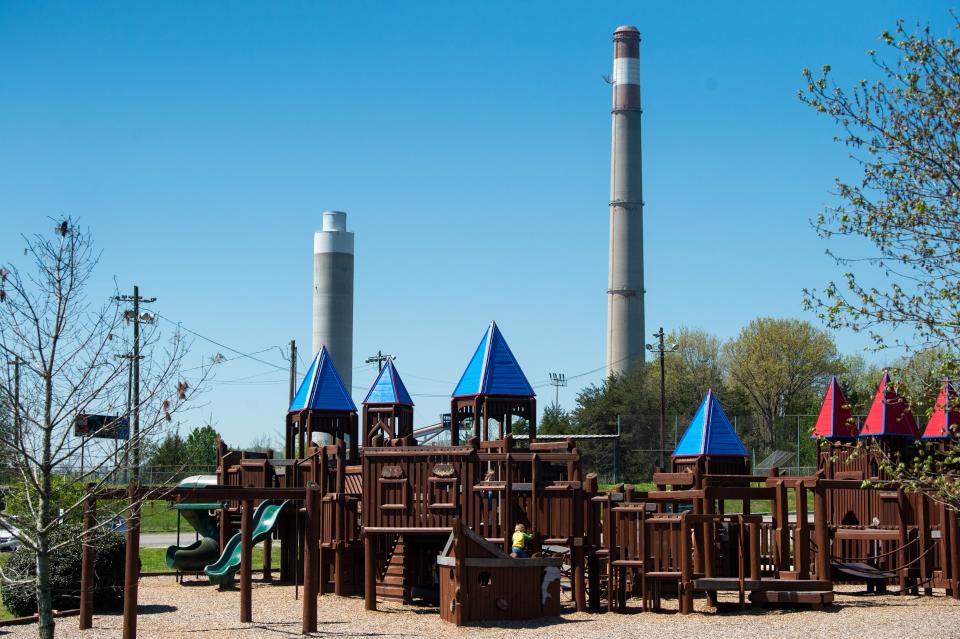
How can coal ash be reused?
Coal ash can be reused in two different forms: unencapsulated and encapsulated.
Encapsulated means the ash is not loose but in a solid form such as in concrete.
“I think that in terms of regulations, I think it should be able to use it for cement and concrete where it's encapsulated. I think that's a safe designation for it,” said Laura Ruhl, a former assistant professor of environmental geochemistry and hydrology at University of Arkansas, Little Rock.
Today, the majority of TVA’s coal ash is reused in encapsulated forms; this includes 82% of the coal ash products produced in 2022, recycled in products such as wallboard, cement and a replacement for portland cement in concrete, TVA spokesperson Scott Brooks told Knox News in a statement. TVA was the first utility in the country to extract gypsum from a landfill to use in wallboard in 2020.
“Every ton of coal ash that is recycled is a ton that does not have to be placed in a landfill to manage,” Brooks said.
TVA coal ash has been reused in some of the buildings at the University of Tennessee, the Volkswagen Assembly Plant in Chattanooga and at the following airports: Atlanta Hartsfield Jackson, Memphis International and McGhee Tyson in Knoxville.
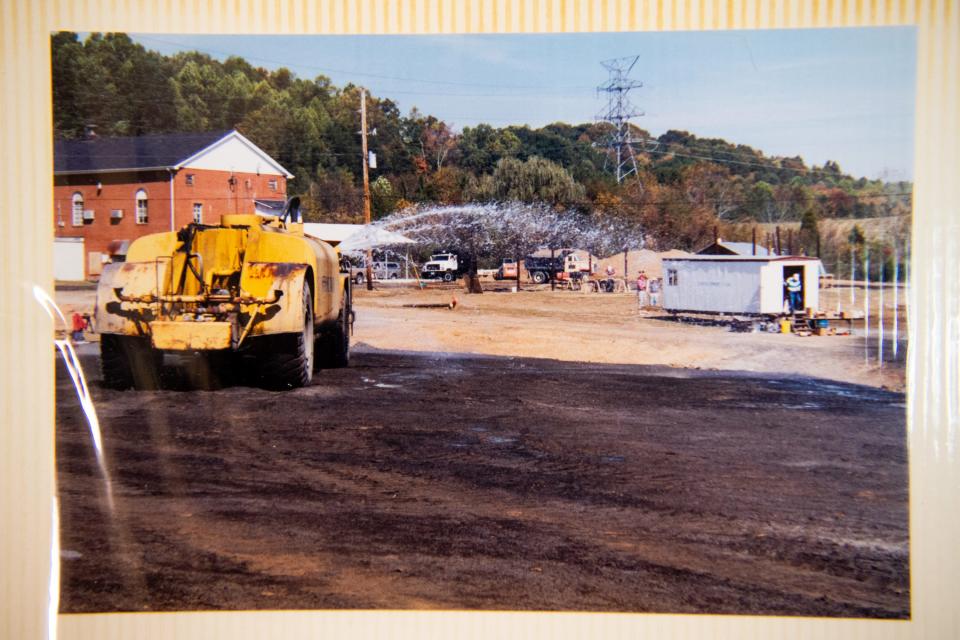
But TVA’s coal ash also has been used in unencapsulated forms with ash applied to the ground, mixed with dirt to form a fill material. That was the case at the Claxton playground in 2000.
“So I think using it as a fill is not a good way to use it. It needs to be encapsulated as is my opinion,” Ruhl said.
She said that reusing coal ash as fill needs to be tested, specifically in cases where bottom ash is used. She would not recommend reusing fly ash as fill.
When ash is applied to the ground, water can infiltrate it. And if the ash is buried deep enough, it can contaminate groundwater, Ruhl said. There also can be risks if the land is dug up because the ash could be exposed to the surface, become windblown and come into contact with people.
This is the exact concern experts have about the Claxton playground.
For subscribers: Why the children of Claxton, Tennessee, have a playground built on top of coal ash
“For EPA to pretend that the use of ash as fill is anything other than a way of disposing the ash … is to ignore the reality of all of the instances where we've seen coal ash used as fill contaminate groundwater and air,” Evans said. “This isn't something new. People have been using coal ash as fill for ... many decades”
Hallowell pointed out that the EPA has evaluated the safety of using coal ash in different ways, such as using fly ash in portland cement in concrete. Those tests, however, do not necessarily apply to cases like the Claxton playground where coal ash was used in an unencapsulated form, Hallowell said.
“There has never been an evaluation that says, for example, is it safe to put bottom ash X quantities in the soil, subsoil of a playground where children play; they [EPA] have never actually gone ahead and evaluated that,” Hallowell said.
How does the EPA regulate the ‘beneficial use’ of coal ash?
“Well, it doesn't cover much,” Evans said when asked about EPA’s guidelines for "beneficial use" of coal ash.
The 2015 coal ash rule created restrictions on disposal sites including location, design, groundwater monitoring, operating criteria, recordkeeping and corrective actions in the event contamination is found, according to the EPA.
Those restrictions, however, do not apply to the beneficial reuse of coal ash, the EPA told Knox News.
“But unfortunately, that very same coal ash, if it's placed in a way that it can meet this pretty broad definition of beneficial use, is completely exempted from the rules,” Hallowell said.
“And a lot of it is falling under this so-called beneficial reuse category, where it's escaping these regulations that were very late in coming compared to how long coal ash has been dumped and placed places for many decades,” Hallowell said.
The EPA defines what it considers to be the reuse of coal ash:
The coal ash must have a “functional benefit.”
The coal ash must be substituting for the application of a “virgin material.”
The coal ash must be up to “product specifications and/or design standards.”
If the coal ash is unencapsulated and put on land in the quantity of 12,400 tons or more “in a non-roadway application,” the user must provide testing results, upon request, that show that the ash is not posing any more risk to human health or the environment than if the ash were not used, or that any contamination would be below regulatory levels.
This is the closest the EPA gets to putting restrictions on coal ash reuse.
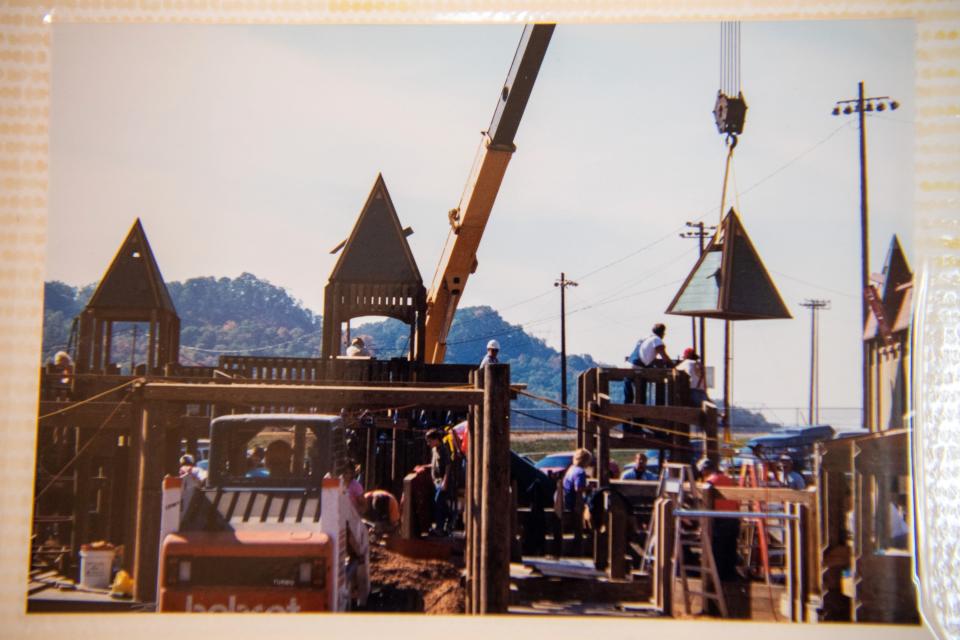
“And there's also still no requirements that there's any public notice that would have to be associated with this type of … a project,” Hallowell said. “And the only scenario in which records are required to be given is when you're in this kind of forced criteria box where you're placing more than 12,400 tons of coal ash on the land in the non-roadway application.”
There are a number of other gaps in the broad definition of beneficial use that Knox News confirmed with the EPA:
The EPA does not require users to notify it or the public when ash is being reused, so the federal agency doesn’t have a list of those sites.
The agency does not put specific restrictions on locations where the ash can or cannot be reused.
The federal agency does not require any ongoing monitoring at all reuse sites, except for the cases when documentation is requested for sites that use 12,400 tons or more of coal ash in non-roadway applications.
“One huge problem is that when you put ash on the ground, and it's not in a licensed landfill, there will be no monitoring of the impact. And in fact, it's likely that a few years down the road, people won't even know the coal ash has been placed there,” Evans said.
This places the responsibility on individual states.
“We do not maintain a list because documentation is not required to be submitted to EPA. You may want to check with the state,” the EPA told Knox News. “State environmental agencies regulate the beneficial use of industrial non-hazardous secondary materials, including coal ash, and may maintain lists of sites where the use of coal ash as fill was approved by the state.”
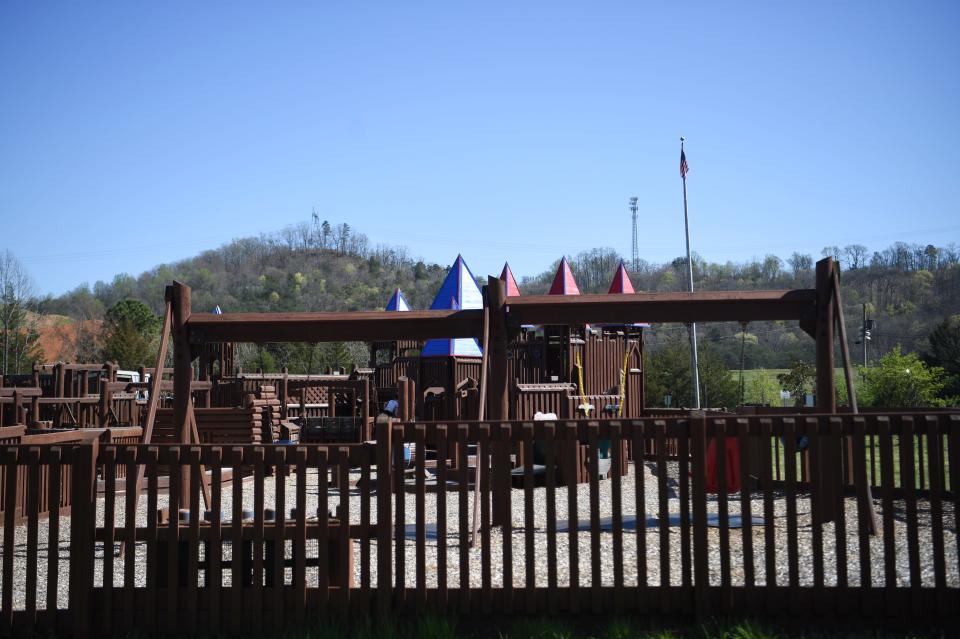
EPA does not regulate coal ash reuse sites that predate October 2015. Here’s why that’s a problem
Sites where coal ash was reused as fill before October 2015, when the EPA’s coal ash rule went into effect, do not need to meet even the few guidelines EPA now has for beneficial use, according to the EPA.
“Only applications to be started after Oct. 19, 2015, need to determine if they comply with the criteria contained in the final rule distinguishing between beneficial use and disposal,” the EPA says on its webpage about coal ash reuse.
This is why the playground in Claxton, Tennessee, has continued to exist without any federal requirements for ongoing monitoring or guidelines or methods to ensure continued safety for the children playing there.
“So an application like the one that you're looking at, [the playground,] it's been there for 20 years,” Hallowell said. “There's no ongoing [federal] requirement that they monitor the soil so that they know if there's a problem.”
But at least the Claxton community knows the playground sits on top of coal ash fill.
“So there's a lot more sites presumably out there that we don't have any information on or if we know about the site, there may not have ever been any sampling of ground, surface water or air,” Hallowell said. “So we just don't know how polluted or how much of a problem they are, because nobody has been required to do the testing.”
There are no federal requirements for these legacy reuse sites yet, though Evans said the EPA could have an opportunity here to include these sites in its existing regulations. This could include requiring monitoring, putting in zoning restrictions on the property or tying the ash to the deed so future owners know what’s there.
“EPA continues to consider the best approaches to managing CCR (coal ash) to protect human health and the environment,” the EPA told Knox News when asked if it would consider revising the existing regulations.
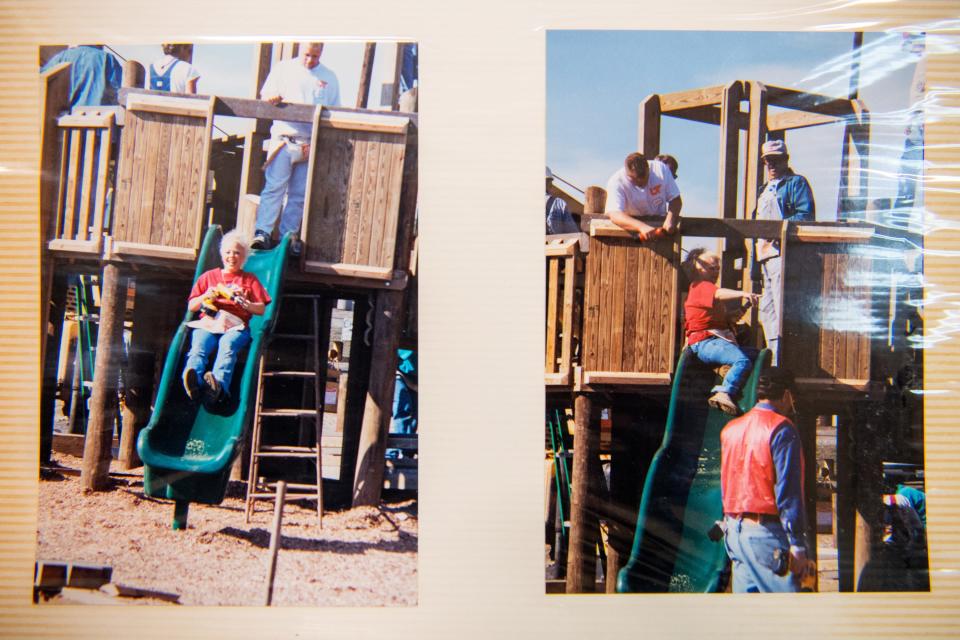
Until then, these legacy reuse sites are left to the states to handle in their own way - if they choose.
The EPA has proposed an expansion to its coal ash rule this year to include more sites with coal ash. As of June, Knox News did not know whether the proposed rule could expand to include reuse sites like the Claxton playground.
When asked about the proposed rule, the EPA said it “would apply only to CCR (coal ash) placed on the land at utility facilities.” In the case of the Claxton playground, the property is owned by TVA, a utility, and is adjacent to the Bull Run Fossil Plant’s property.
However, the EPA told Knox News, “With the facts we have, it appears that the CCR (coal ash) at this site would not be regulated.”
Nevertheless, Evans said it might be possible the proposed rule could apply as it is currently written. The rule has not been finalized, so ultimately it could more explicitly address sites like this playground.
What is Tennessee’s policy on reusing coal ash?
From 1991 to Dec. 30, 2019, the Tennessee Department of Environment and Conservation allowed coal ash to be reused in “engineered structures, including highway overpasses, levees, runways, foundation backfill, and other similar uses as approved by TDEC,” the department told Knox News in emailed answers.
This was allowed under TDEC’s permit by rule program, which had specific requirements for sites where coal ash was reused, including:
At least 24 inches of compacted soil needed to be placed on top of coal ash fill areas in such a way to “promote drainage and erosion.”
There needed to be “at least a three-foot low permeability soil geological buffer” between the fill and groundwater, to prevent the ash from potentially leaking into the groundwater.
A note needed to be made on the property’s deed that coal ash was there.
“A structural fill coal ash project implies mostly coal ash as the fill medium. A project that was proposed outside of these parameters could only be approved through a beneficial use petition if required,” TDEC said in an email to Knox News.
“I think that it's very unusual for states to track the use of ash,” Evans said. “There are just a couple of states that are doing that, but that's the exception to the rule. Most states don't regulate the use of ash.”
Tennessee’s permit by rule program for coal ash reuse ended in 2019 after it was determined it did not match the criteria of the federal coal ash rule created in 2015, TDEC told Knox News.
While the state program ended, TDEC can still approve coal ash to be used as fill, “No specific coal ash fill projects have been approved by TDEC since the repeal of the permit by rule regulation in 2019,” TDEC told Knox News.
“Any modern coal ash fill proposal would have to demonstrate to the department’s satisfaction that such use is not detrimental to public health, safety, or the environment under a beneficial use of solid waste petition. Federal rules exist that govern how coal ash from power utilities can be used,” TDEC told Knox News.
An example of a site that was under TDEC’s former permit by rule program includes what is now known as Aspire Park, a property located in Clinton, Tennessee, a few minutes away from the Claxton playground.
That property, owned by local businessman Joe Hollingsworth Jr., was used in 1992 as a demonstration site where more than one million cubic yards of coal fly ash were trucked to the site to level the land over 42 acres, according to a Knox News article from 2009. The ash came from the same coal-fire plant where the Claxton playground is located, TVA’s Bull Run Fossil Plant.
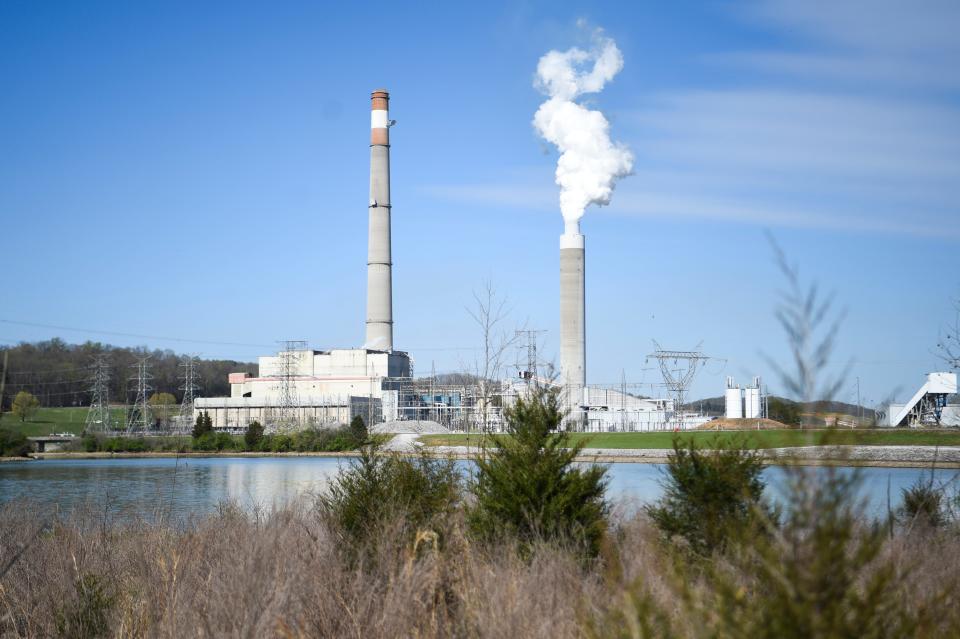
TDEC still retains a list of sites from its former permit by rule program, but that program had its own gaps:
TDEC doesn’t have a record of the Claxton Playground, which was built in 2000, under its permit by rule records.
The former permit by rule program only began in 1991. This means there could have been sites prior to 1991 and/or between 1991 and 2019 that used coal ash as fill of which TDEC was not aware.
Unlike some other states’ environmental departments, TDEC has not directly addressed the possibility of legacy sites created prior to its 1991 program.
“So some people might get lucky and live near a site where there are certain protections in place. But there's lots of people out there … [who] really have no idea what is there in their community,” Hallowell said.
TDEC does not have a specific policy or program that addresses coal ash fill legacy sites, much like the federal government. While the state wouldn't address hypotheticals, in a statement it assured citizens that "TDEC takes public health and environmental protection very seriously and may investigate a matter should credible information show a threat to the environment and that TDEC has the authority to do so.”
This article originally appeared on Knoxville News Sentinel: Coal ash could be anywhere - and EPA supports its 'beneficial reuse'

